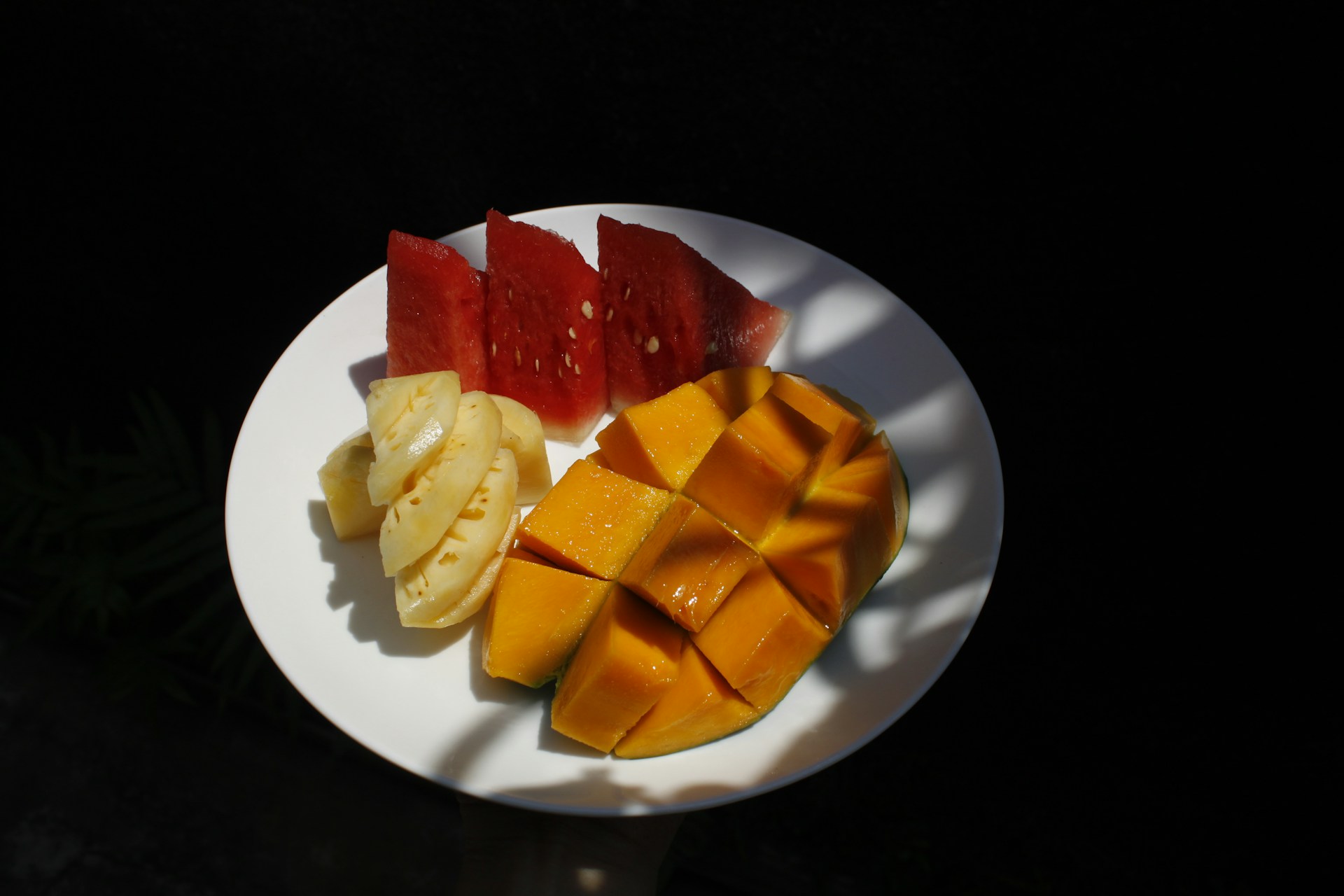Relationship between Body Mass Index (BMI) and Anemia Among Adolescent Indonesian Girls (Analysis of The Indonesia Family Life Survey 5th Data)
Downloads
ABSTRACT
Background: Anemia is a condition characterized by low levels of hemoglobin (Hb) from normal limits. Anemia is still a public health problem. Data states that the prevalence of anemia in Indonesia in 2013 was 21.7%, with the number of sufferers known to be higher in women than men. The prevalence of anemia in the age range 15 to 24 years was 18.4%. Nutritional status shows the balance of nutrients due to the consumption, absorption, and use of nutrients that come from food in the body. A person's nutritional status can be said to be deficient if the body lacks intake of one or more essential nutrients for the body. One of the indicators for assessing a person's nutritional status is the Body Mass Index (BMI). Inadequate nutritional status will affect the nutritional status of iron in a person' s body so that it can be interpreted that nutritional status is one of the factors of anemia. Consuming foods with good nutritional value, especially foods that contain high iron will also affect the nutritional status of these adolescents so that the risk of suffering from anemia will decrease.
Objective: This study aims to analyze the relationship between body mass index and anemia among young women in Indonesia.
Methods: This study is a cross-sectional study. The data used are secondary data from the Indonesian Family Life Survey (IFLS) 5. The population of this study was all Indonesians who participated in IFLS 5. The sample used in this study amounted to 3,525 respondents. IInclusion criteria of this study included female, aged 10-18 years, unmarried, having complete data regarding body weight, height and hemoglobin measurement results. If data related to the measurement results of hemoglobin, body weight, height are incomplete, they will be excluded.The statistical test was used is a chi-square test.
Results: There was a relationship between Body Mass Index (BMI) and anemia among young women in Indonesia (p = 0.034 <0.05).Based on the odd ratio analysis using the normal Body Mass Index (BMI) group as a comparison, it is known that young women with underweight BMI categories have a 1.198 greater risk of experiencing anemia than girls with normal BMI categories.
Conclusion: There is a relationship between BMI and anemia in adolescent girls. It is important for young women to always pay attention to daily iron intake by eating foods that are rich in iron or taking blood-booster tablets (TTD) to avoid anemia.
World Health Organization. Haemoglobin concentrations for the diagnosis of anaemia and assessment of severity. (2011). doi:2011
World Health Organization. Worldwide prevalence of anaemia 1993–2005: WHO Global Database on Anaemia. World Health Organization (World Health Organization, 2008). doi:10.1017/S1368980008002401
World Health Organization. Anaemia. (2020). Available at: https://www.who.int/health-topics/anaemia#tab=tab_1. (Accessed: 20th October 2020)
World Health Organization. The Global Prevalence of Anaemia in 2011. World Heal. Organ. 1–48 (2011).
Kementerian Kesehatan RI. Laporan Nasional Riskesdas 2007. Badan Penelit. dan Pengemb. Kesehat. Dep. Kesehatan, Republik Indones. Desember 2008 1–384 (2008). doi:1 December 2013
Kementerian Kesehatan RI. Penyajian Pokok-Pokok Hasil Riset Kesehatan Dasar 2013. (2013).
Direktorat Standarisasi Produk Pangan. Pedoman Pangan Jajanan Anak Sekolah Untuk Pencapaian Gizi Seimbang. Direktorat Standarisasi Produk Pangan 1–23 (2013).
Wibowo, C. D. T., Notoatmojo, H. & Rohmani, A. Hubungan Antara Status Gizi dengan Anemia pada Remaja Putri di Sekolah Menengah Pertama Muhammadiyah 3 Semarang. J. Kedokt. Muhammadiyah 1, 1–5 (2013).
Martini. Faktor-Faktor yang Berhubungan dengan Kejadian Anemia pada Remaja Putri di MAN 1 Metro. J. Kesehat. Metro Sai Wawai 8, 1–7 (2015).
Harahap, A. P., Pamungkas, C. E., Amini, A. & Nopitasari, N. Hubungan indeks massa tubuh dengan kejadian anemia pada remaja putri di SMP Negeri 14 Mataram. J. Ris. Kebidanan Indones. 3, 33–36 (2019).
Strauss, J. et al. The 5th Wave of the Indonesia Family Life Survey (IFLS): Overview and Field Report. (2016).
Kementerian Kesehatan RI. Buku Panduan Untuk Siswa: Aksi Bergizi, Hidup Sehat Sejak Sekarang Untuk Remaja Kekinian. Kementrian Kesehatan Republik Indonesia (2019).
Arifin, S. U., Mayulu, N. & Rottie, J. Hubungan Asupan Zat Gizi dengan Kejadian Anemia pada Anak Sekolah Dasar di Kabupaten Bolaang Mongodow Utara. ejournal keperawatan (e-Kp) 1, (2013).
Sukarno, K. J., Marunduh, S. . . & Pangemanan, D. . . . . Hubungan Indeks Massa Tubuh Dengan Kadar Hemoglobin Pada Remaja Di Kecamatan Bolangitang Barat Kabupaten Bolaang Mongondow Utara. J. Kedokt. Klin. 1, 1–7 (2016).
Eftekhari, M. H., Mozaffari-Khosravi, H. & Shidfar, F. The relationship between BMI and iron status in iron-deficient adolescent Iranian girls. Public Health Nutr. 12, 2377–2381 (2009).
Sari, S. D. N. Faktor-Faktor yang Berhubungan dengan Kejadian Anemia pada Remaja Putri di SMA Muhammadiyah 5 Yogyakarta. (Universitas 'Aisyiyah Yoyakarta, 2019).
Hapzah & Yulita, R. Hubungan Tingkat Pengetahuan dan Status Gizi terhadap Kejadian Anemia Remaja Putri pada Siswi Kelas III dan SMAN 1 Tinambung Kabupaten Polewali Mandar. Media Gizi Pangan 13, 20–25 (2012)
AMERTA NUTR by Unair is licensed under a Creative Commons Attribution-ShareAlike 4.0 International License.
1. The journal allows the author to hold the copyright of the article without restrictions.
2. The journal allows the author(s) to retain publishing rights without restrictions
3. The legal formal aspect of journal publication accessibility refers to Creative Commons Attribution Share-Alike (CC BY-SA).
4. The Creative Commons Attribution Share-Alike (CC BY-SA) license allows re-distribution and re-use of a licensed work on the conditions that the creator is appropriately credited and that any derivative work is made available under "the same, similar or a compatible license”. Other than the conditions mentioned above, the editorial board is not responsible for copyright violation.












































